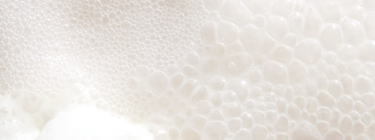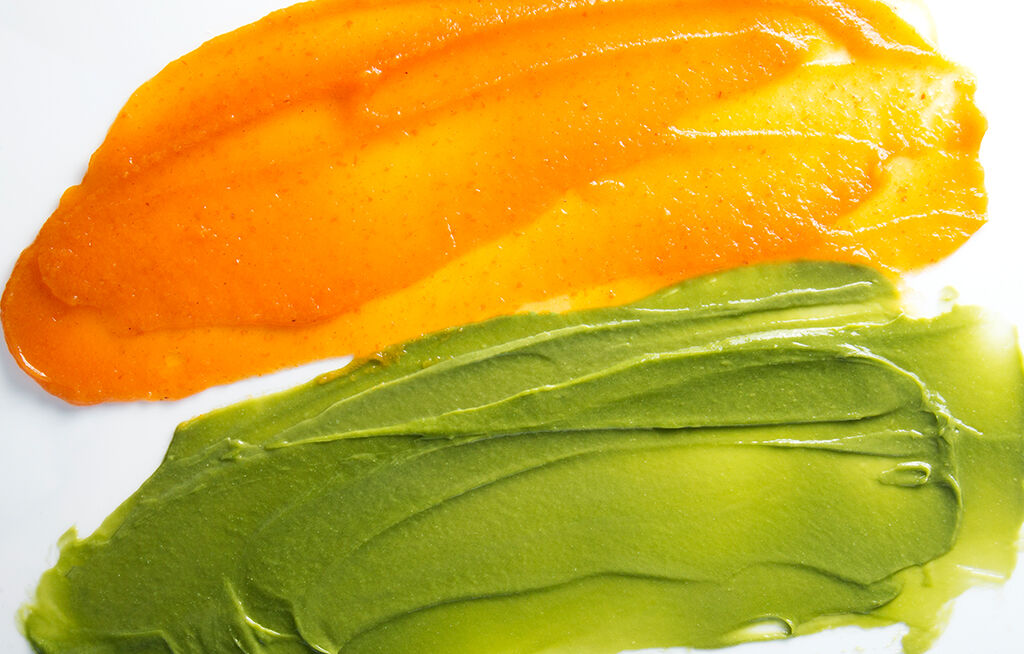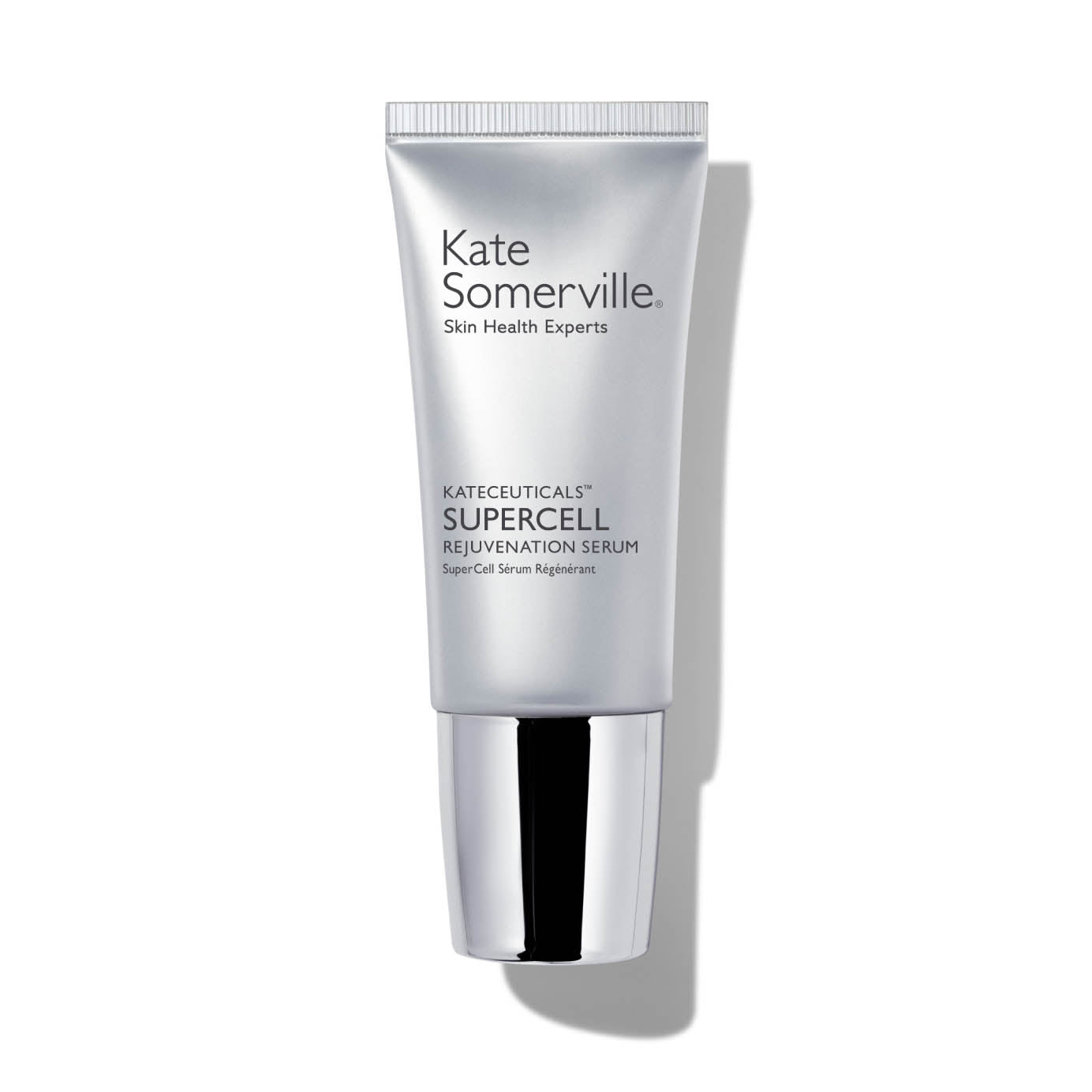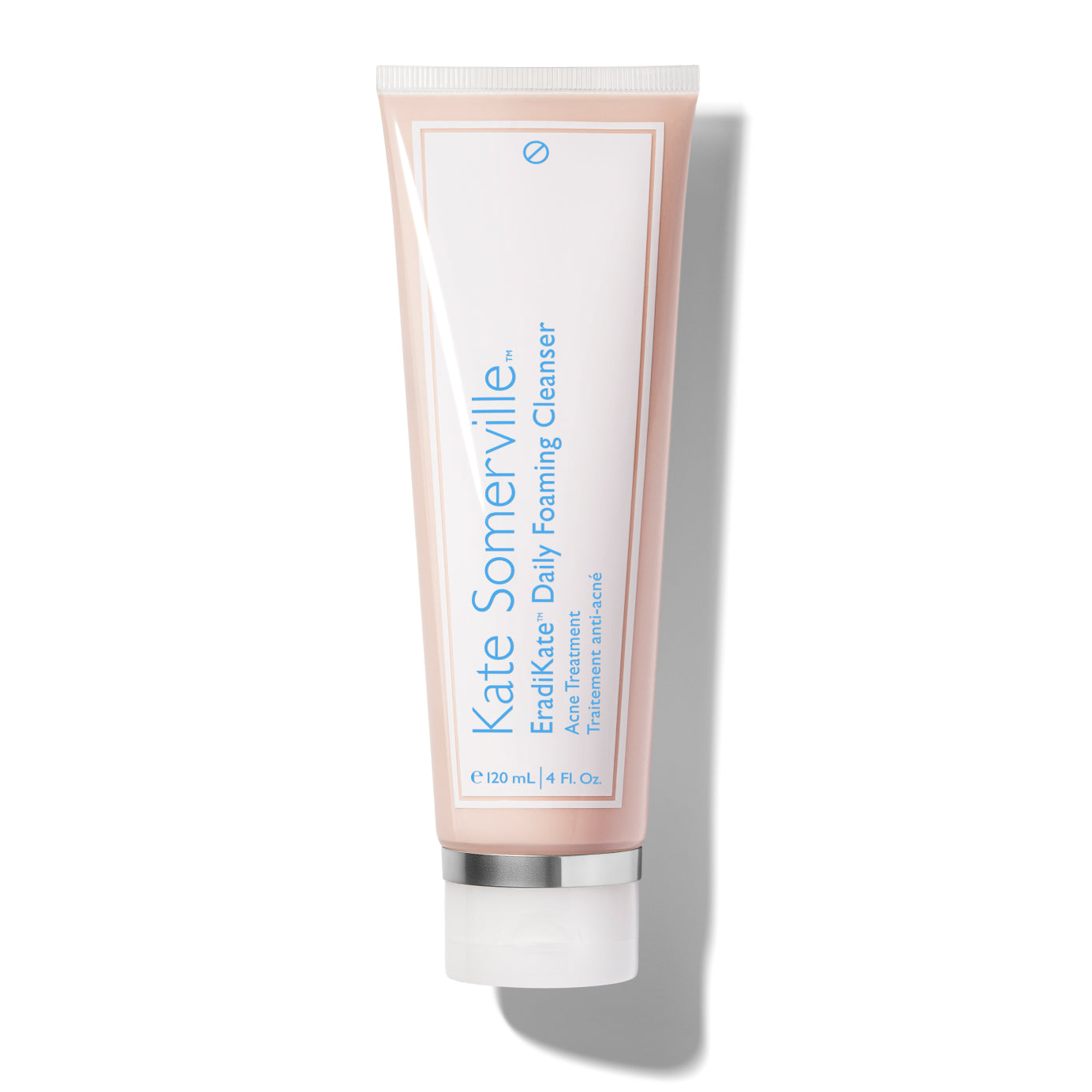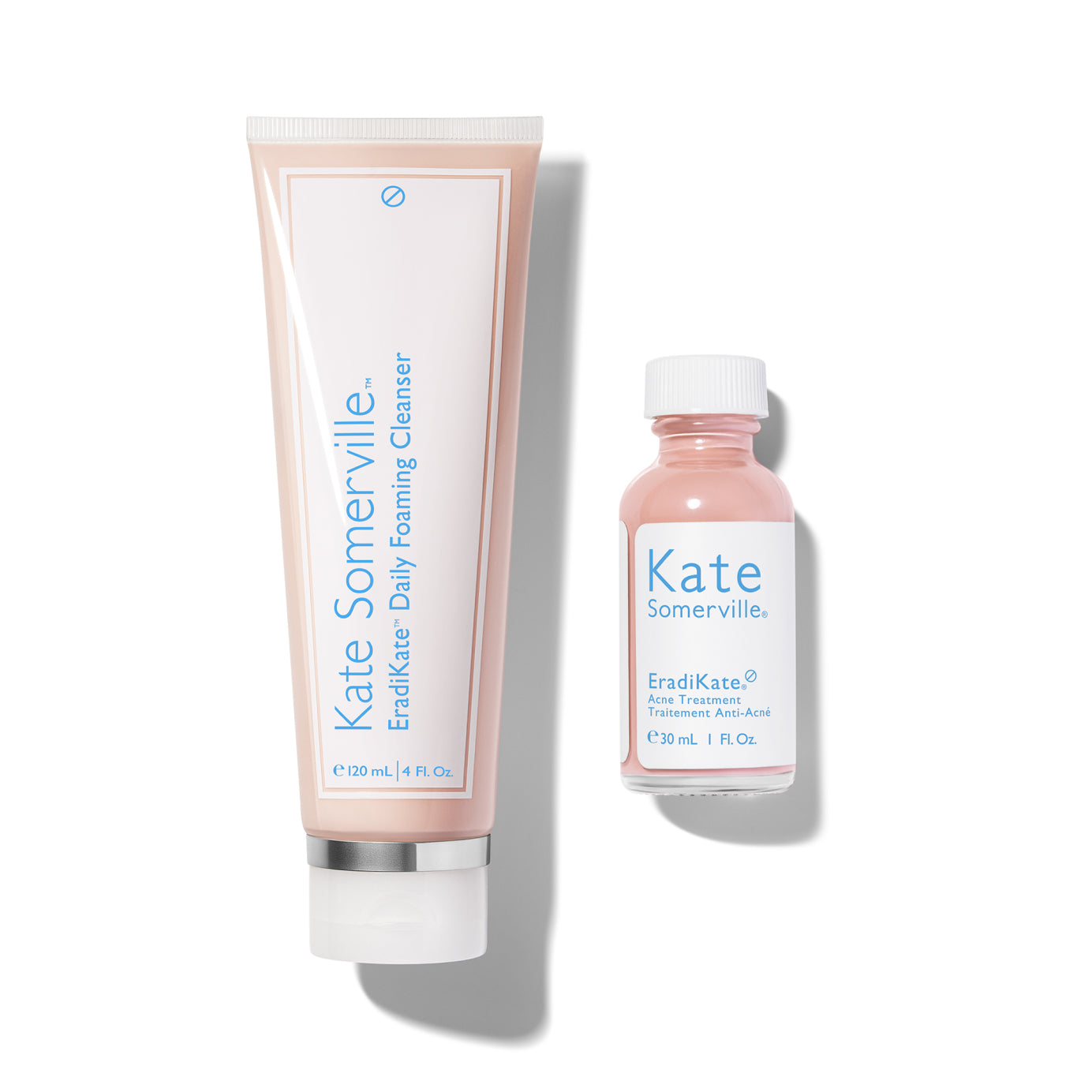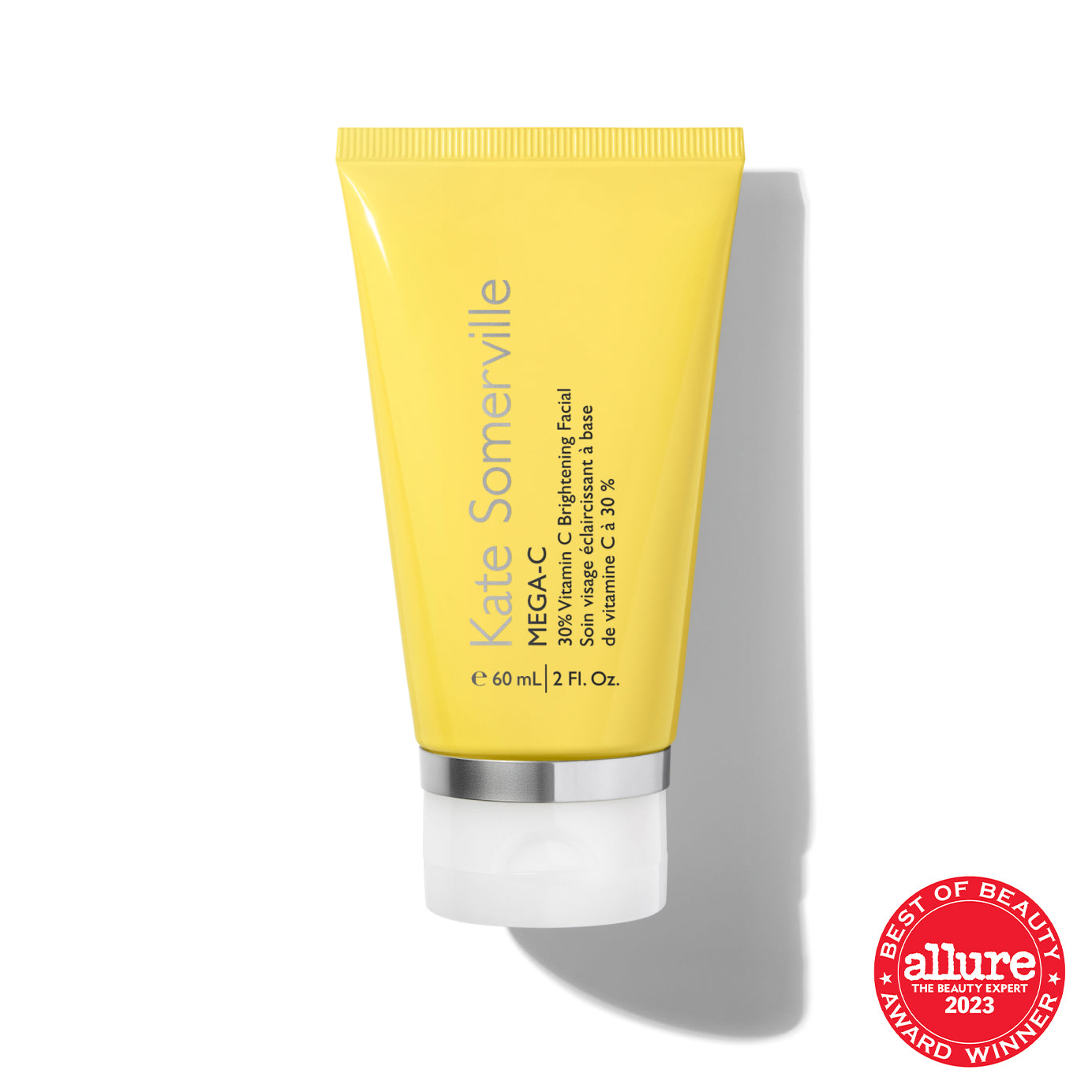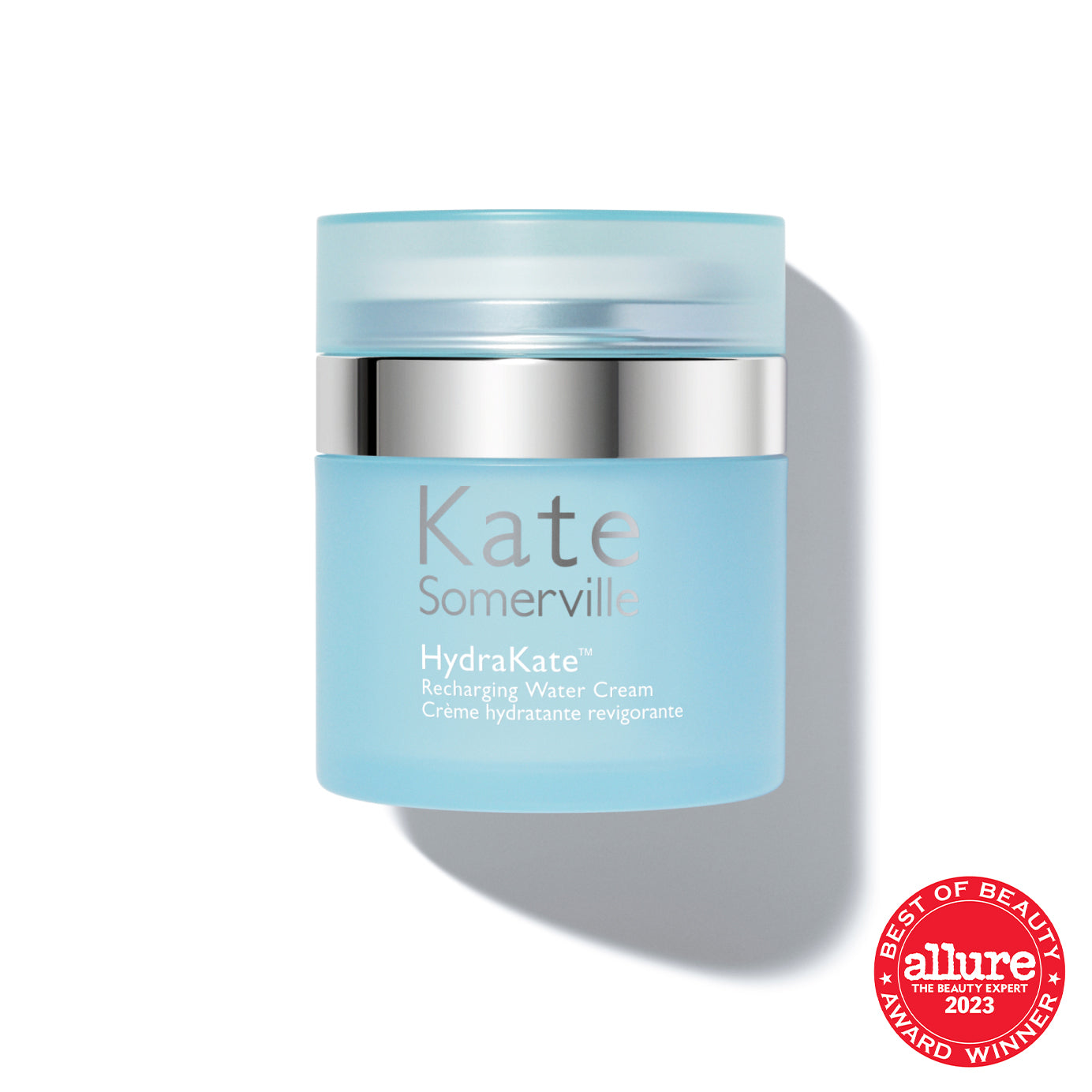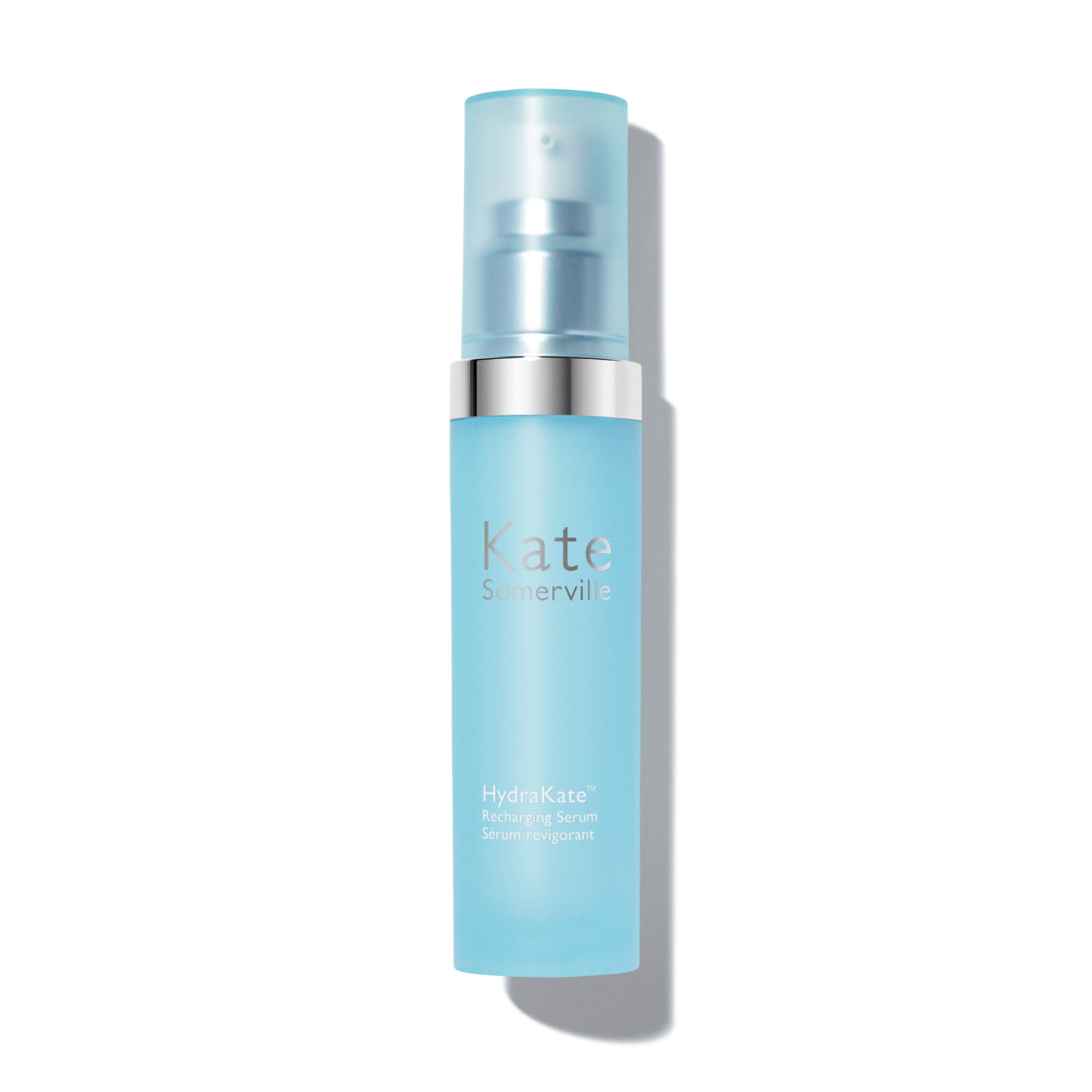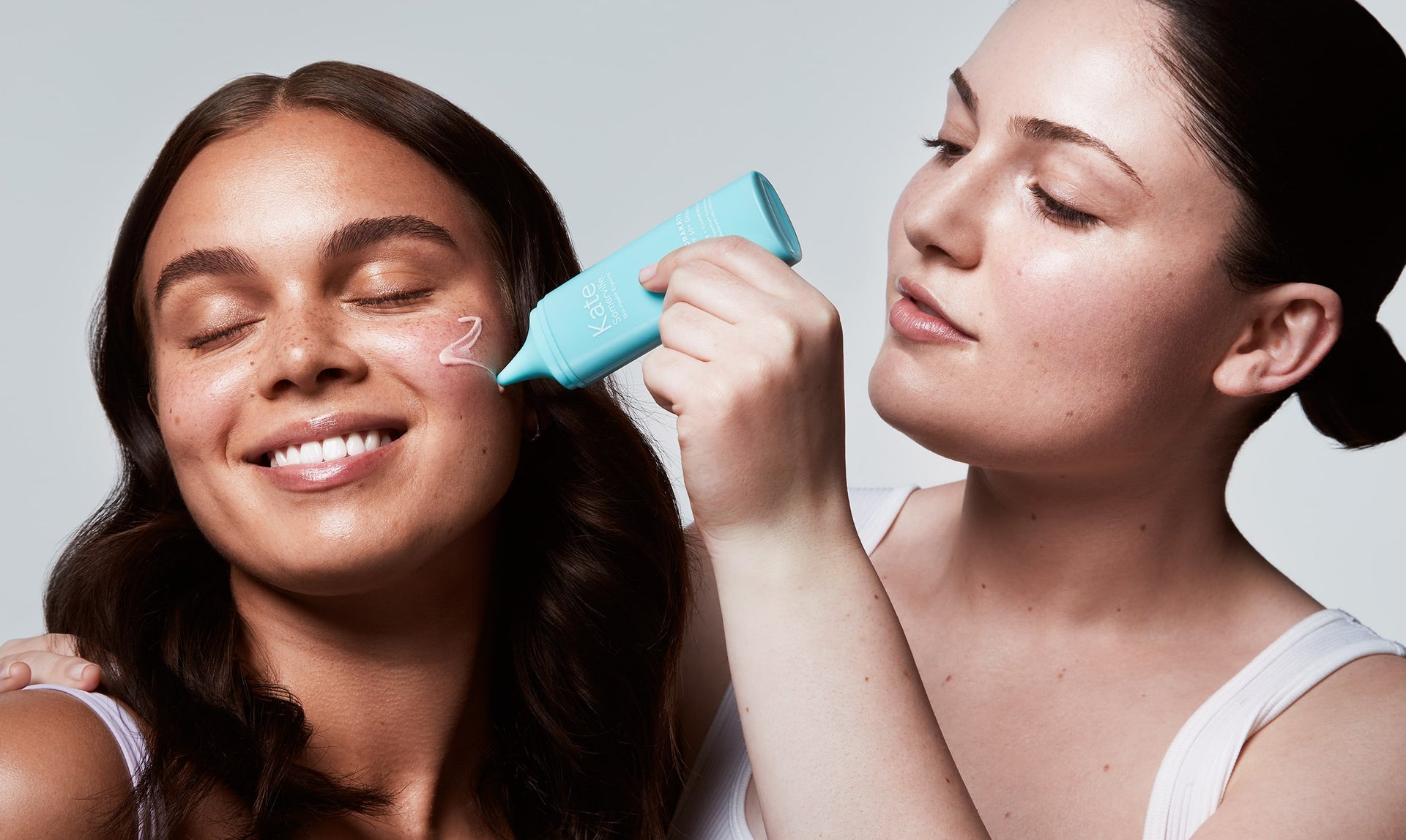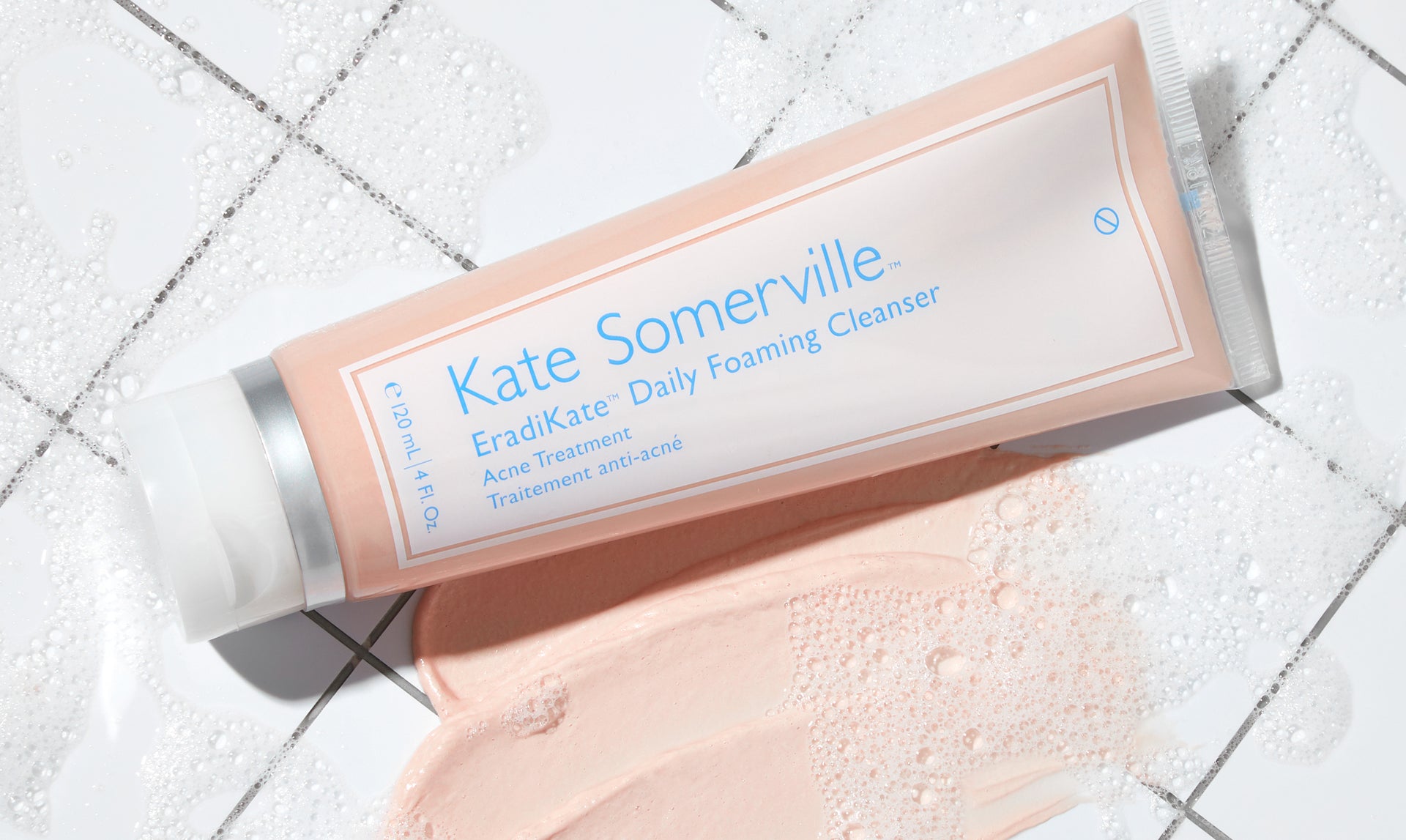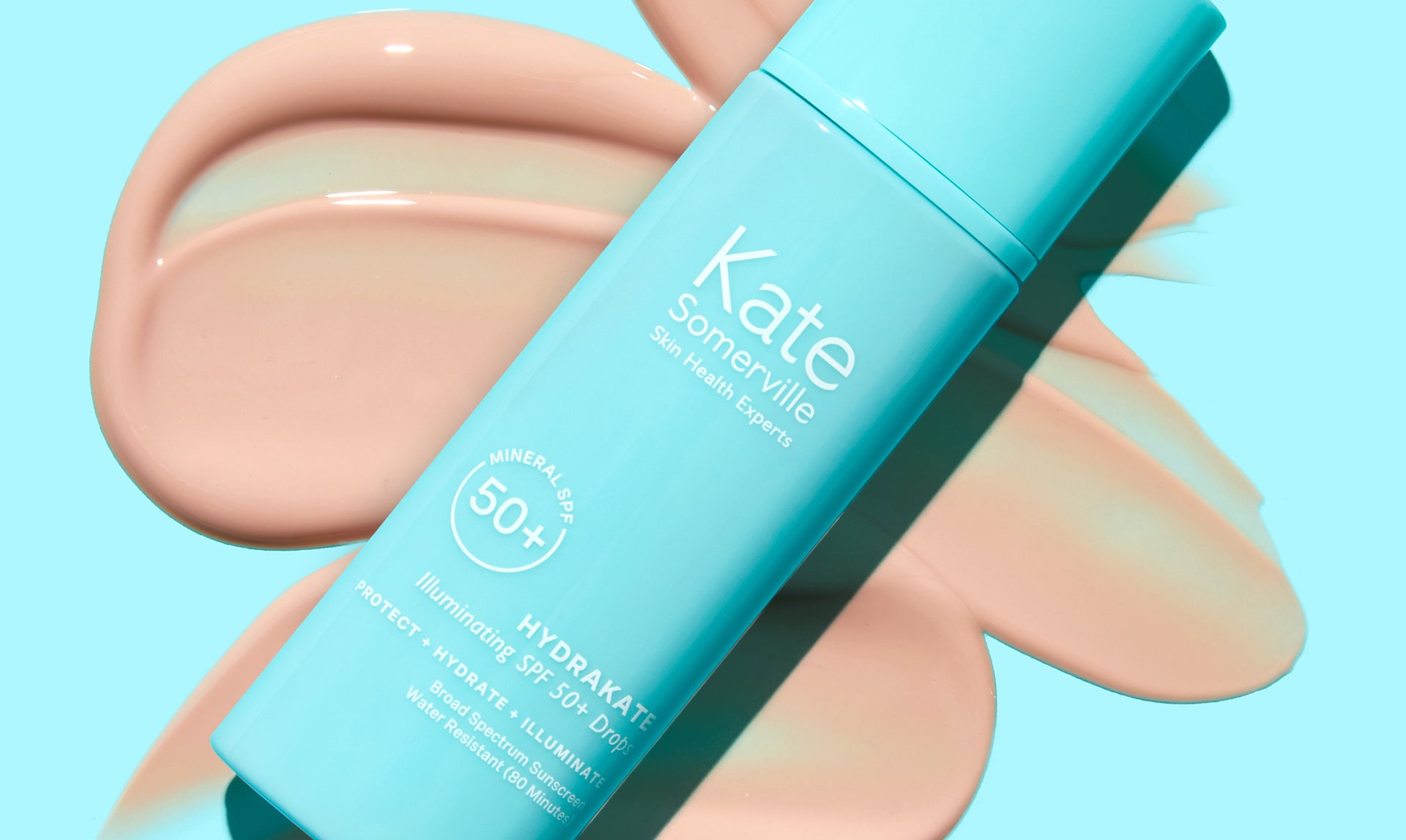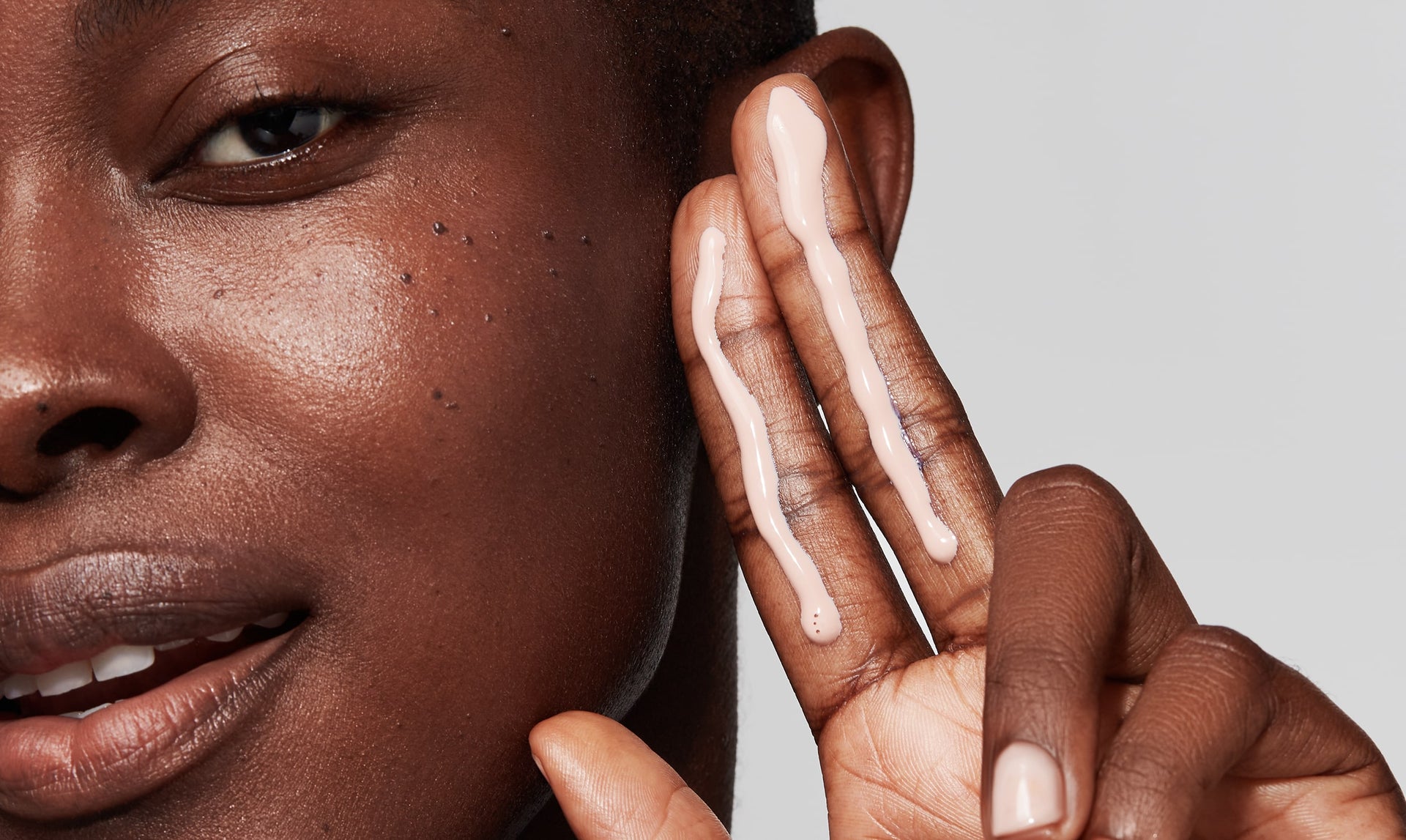Just by taking a brief scan of the ingredient labels on your skin care products, you will likely come across one bottle containing glycolic acid. Having been used in the premium skincare community for decades, this acid is by no means a new ingredient, but it is one of the most popular and effective ones available and for good reason! But the full benefits of this powerhouse ingredient isn’t always recognized, so we’re here to set the record straight.
Perhaps the most well-known use of glycolic acid in skin care is as an exfoliator. When it comes to exfoliators and facial scrubs and exfoliating face washes, you have options including both physical and chemical exfoliates. Physical exfoliants use an abrasive substance to, you guessed it, physically remove dirt and dead skin from the surface of your face. Comparatively, chemical exfoliation uses acids or enzymes to help dissolve or lift dead skin off your face.
Wondering about the benefits of exfoliating and how often to exfoliate the skin and face? Read our blog posts that address these common questions.
Glycolic Acid Benefits
Glycolic acid moves beyond its primary function as an exfoliant and provides a number of other benefits as a result of this key capability.
Glycolic acid is part of the family of alpha hydroxy acids (AHA) which are all made from natural sources such as fruit, milk, or sugar and in this case, it’s the latter. Generally speaking, the benefits of AHAs on the skin include exfoliation, brightening, smoothing, anti-aging, and acne prevention, and glycolic acid is no exception [1]. But what makes glycolic acid standout from the pack is its chemical structure. Because the molecules of glycolic acid are smaller than other AHAs, it can penetrate deeper into the skin to provide its benefits more effectively and to more layers of the skin. These benefits include:
Fights Acne
Blemishes and breakouts are the results of pores that have become clogged. As an exfoliator, glycolic acid helps to not only lift dirt and dead skin from the surface of your face but has the ability to get down deeper into hair follicles and loosen up any built-up sebum or proteins that could otherwise lead to more acne [2]. And because it helps to clean out your pores, glycolic acid can also help visibly reduce the size and appearance of your pores with consistent use.
Reduces Fine Lines & Wrinkles
While it doesn’t have the ability to address deep facial wrinkles, glycolic acid is one method to help soften the visibility of fine lines and wrinkles on your face [3]. As it sloughs away dead skin layer by layer, it reveals softer, smoother skin. Check out some of our top anti-aging tips in our related blog article.
Addresses Discoloration
As glycolic acid sloughs away dead skin cells, it also helps to fade any unevenness or discoloration in your skin tone. This could include previous sun damage, dark spots, age spots, hyperpigmentation, or acne scars [4]. As older skin is removed, new skin that is more evenly pigmented reveals itself, gradually improving the overall appearance of your complexion.
Increases Product Absorption
A direct result of its exfoliation properties, glycolic acid helps to better prepare your skin for other products to be applied and allows them to be more effective in achieving their designed objectives. With all the obstacles, such as dead skin and dirt, out of the way, your skin can better absorb these products.
Possible Side Effects
Most glycolic acid products that are available for at-home use are quite safe and effective for a majority of the people who choose to use them. However, glycolic acid does increase your skin’s sensitivity to sunlight. So if you are not good at consistently applying SPF sunscreen (which we hope is not the case!), or if you spend extended time by the pool or on the beach, it may not be the best choice for you. In these cases, you could also choose to use glycolic acid as a nighttime product to help minimize some of these effects, though your skin will still have some increased sensitivity the next morning.
As an exfoliator, glycolic acid does come with the risk of causing dry skin. You can easily combat this effect by looking for products that include moisturizing ingredients to help offset glycolic acid’s drying effects or applying a moisturizer after use.
Some people who use glycolic acid will experience a slight tingling sensation when they first start using the product. This is normal and should fade with time. But if you experience burning, pain, or itching, you may be experiencing an adverse reaction to the glycolic acid. In these cases, wash your face and discontinue use until you speak to your dermatologist or esthetician about the next steps.
Is Glycolic Acid Right For Me
While glycolic acid seems to be well-tolerated by most people, it is generally mild and safe for most skin types. However, it can still be irritating for those with particularly sensitive skin or certain skin conditions, such as eczema or rosacea. If this sounds like you, you may be better off using lactic acid, which is a much more gentle skincare ingredient.
On a positive note, glycolic acid is safe to use during pregnancy unlike many other well-known skin care ingredients such as retinol. Although, under these circumstances, you may want to consider using products with concentrations less than 10 percent.
Glycolic Acid Products
Glycolic acid is found in a variety of products from facial cleansers to creams and moisturizers, but each varies widely in the potency of the acid with levels anywhere from 8% to more than 30%. However, a higher concentration of glycolic acid doesn’t always mean it is a better product. Rather if you are a new user, you should begin with a low potency product to allow your skin to adjust and build up to stronger products over time.
As you introduce new products and increasing strengths, pay attention to how your skin reacts. If you start to notice any signs of irritation, cut back on your usage or discontinue it completely.
Cleansers
Glycolic acid facial cleansers, such as the ExfoliKate ® Cleanser, are a really easy way to incorporate this powerful ingredient into your daily routine. Simply use it as you would any other cleanser, though it is always best to double check the instructions on the label. For daily use, cleansers typically only contain about 8% to 10% glycolic acid as anything stronger may cause too much irritation for the skin. A cleanser featuring glycolic acid is particularly good at dissolving dirt and removing oils from the face to reveal softer, smoother skin.
Toners
Adding glycolic acid through liquid toners, cleansers, serums, and treatments, like Liquid ExfoliKate®—a triple acid resurfacing treatment—is another great way to incorporate some stronger products into your skincare routine as these products typically boast potencies closer to 10% or 12%. Because of their strength, they are particularly good at sloughing away dead skin and refining the look of your clogged pores by clearing them out. These should only be used once a day, preferably at night. This will help minimize any adverse effects and sun sensitivity.
Creams & Moisturizers
Using a glycolic acid face cream will give you the benefits of the AHA while adding some moisture to help combat its natural drying effect. A glycolic acid cream like the ExfoliKate® Glow Moisturizer reduces the appearance of surface dullness and uneven skin texture while using a combination of AHAs, including glycolic acid, to help loosen and slough away dead surface skin cells. At the same time, nopal cactus fruit extract helps to reduce any potential skin irritation caused by the AHAs.This powerful product resulted in 100% of women showing highly significant improvement in moisturization and 97% of women with highly significant improvement in glowing skin luminosity and radiance after just one use!
Professional Treatments
There are a number of professional facial treatments, like those at the Kate Somerville skincare clinic, which features glycolic acid at day or medical spas, dermatology offices, or cosmetic surgery practices with the potency of your treatment dictating the type of professional you need to see. For example, a superficial chemical peel can be done by an esthetician while a medical doctor is permitted to utilize treatments that go deeper into the skin’s layers. If you seek out a professional treatment, it is important that you feel comfortable with your practitioner, thoroughly discuss the risks, and understand what is appropriate for your skin. Depending on the results you want to achieve, subsequent treatments may be used with increasing concentrations of glycolic acid, as a series of peels may provide the most significant benefits long term.
Glycolic acid is a thoroughly researched and very popular skincare ingredient due to its long-standing use within the skin care industry. Chances are you already use it in some capacity as part of your regular routine, but if you don’t and would like to introduce it, be sure to take it slow and pay attention to how your skin responds. If you try to introduce high concentration products quickly, you will almost certainly end up experiencing adverse effects and irritation.
If you have any questions about the Kate Somerville glycolic acid products, contact us. For further questions about which glycolic acid product is right for you, ask your physician or esthetician for recommendations and advice—they will be happy to help!
Sources:
